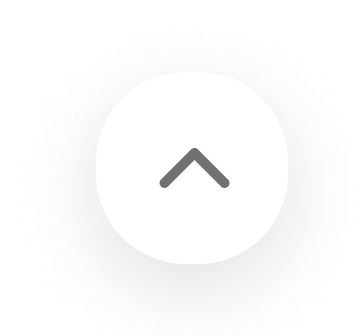When using apps on Shoplazza, you may encounter different types of charges and credits. To view these, navigate to your Shoplazza Admin > Manage account > Bills, and switch over to the Application tab. The charges include:
- Subscription charges: These charges are for regularly using an app, such as a monthly subscription fee.
- App usage charges: These vary based on your app usage or the service it integrates with. For example, charges may depend on the number of interactions in a customer service app.
- One-time app purchases: This is a single payment for specific app services, such as data migration from one platform to another.
Understanding subscriptions
Subscriptions for certain apps follow a 30-day billing cycle, beginning from the date of your app subscription. Payments are made in advance for the upcoming 30 days and are invoiced every 30 days. For example, if your invoice is dated April 5, your billing cycle ends on May 4, and the next payment is due on May 5.
App billing cycles and types
Apps with subscription charges operate on an independent, 30-day cycle. Subscription types include:
- Recurring pricing plans: These charges are billed in the next 30-day invoice. You can manage subscriptions under your Shoplazza Admin > Manage account > Bills > Application > Subscription Management. Note that failing to pay your bill or deactivating your shop will terminate these subscriptions.
- Usage pricing plans: For usage-based apps, you pay at the start of a billing cycle for the subscription and at the end for the usage incurred during that cycle.
Uninstalling apps with recurring charges
Consider app billing cycles before uninstalling an app. Charges are generated when an app charge is first approved and then at the start of each billing cycle. Uninstalling an app soon after installation will still result in charges for the subscription and usage fees up to the point of uninstallation.
App usage charges explained
These charges are linked to an app's 30-day billing cycle and reflect usage events. To prevent excessive billing, apps may set a capped amount. Exceeding this cap requires agreement to a new usage charge.
Capped amount for app usage
Some apps on Shoplazza that issue usage charges include a feature known as a capped amount. This setting is designed to prevent your billing from exceeding a predetermined maximum during the billing period. Should your usage surpass this capped amount, you'll need to agree to a new usage charge to continue using the app. This measure ensures you're not billed for any usage that goes beyond the capped amount.
Managing app spending limits
Apps issuing usage charges may also have a spending limit. This limit is in place to prevent charges from going over a set threshold within the billing period. When you reach 90% of your app's spending limit, you'll receive a notification email. If your app spending reaches this limit, there's a risk of losing service for the remainder of the billing period. To prevent this, consider increasing your app spending limit. To avoid this, increase the app spending limit.
1. From your Shoplazza Admin > Account Management > Billing > Application > Subscription Management.
2. Click on the Manage spending limit of the app you need to adjust.
3. Enter an amount in the NEW APP SPENDING LIMIT field. The new amount must be greater than your current app spending limit. The app usage charge that's shown here might differ from what's shown on your invoice. The most up-to-date app usage charge is shown here.
4. Select the checkbox to acknowledge that you're changing your app spending limit.
5. Click Save.
6. Click Confirm.
One-time app charges
These charges apply to non-recurring apps, paid once for specific services. They can be viewed under your Shoplazza Admin > Account Management > Billing > Application.
App prorating, upgrades, and downgrades
When you upgrade or downgrade your subscription with an app, Shoplazza prompts you to agree to a new recurring app charge. This is necessary because Shoplazza allows only one recurring app charge at a time. When you accept a new charge, the existing one is canceled and replaced.
The timing of the new charge varies:
1. Immediate Application: If the new charge applies immediately, the amount is prorated. This prorating considers the price difference and the remaining days in the billing cycle. For example, if you start a 30-day cycle on a $5.00 plan and upgrade to a $15.00 plan on day 15, the prorated charge is calculated as: ($15.00 - $5.00) x (15/30) = $5.00. However, if you upgrade on the last day of the cycle or the price difference is less than $1, no additional payment is needed. The upgrade is effective immediately after the prorated amount is adjusted.
2. Post-Cycle Application: If the new charge is set to apply after the current cycle ends, you continue with your existing plan until the cycle concludes.
In the case of downgrades, where you move from a higher-priced plan to a lower-priced one, the change is effective immediately upon bill approval. However, no refund is provided for the difference in price.
Remember, these changes are reflected in your account as soon as you make them, but the financial adjustments are applied as per the billing cycle.
Managing app charges requires an understanding of various billing aspects, including subscription fees, usage charges, and one-time purchases. Additionally, being aware of app billing cycles, particularly when upgrading or downgrading subscriptions, is essential. By keeping track of capped amounts and spending limits, you can effectively control your app-related expenses.



Comments
Please sign in to leave a comment.